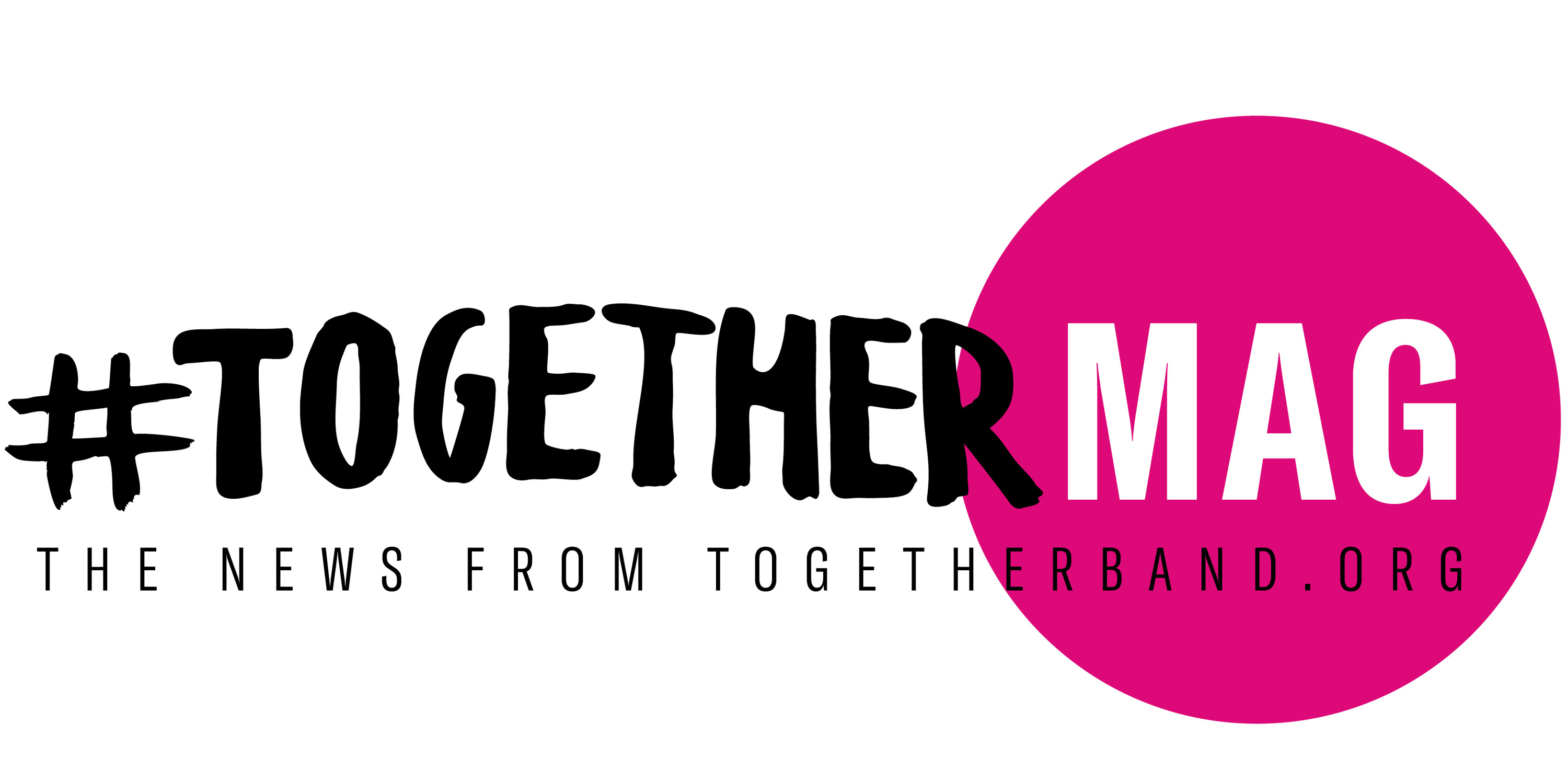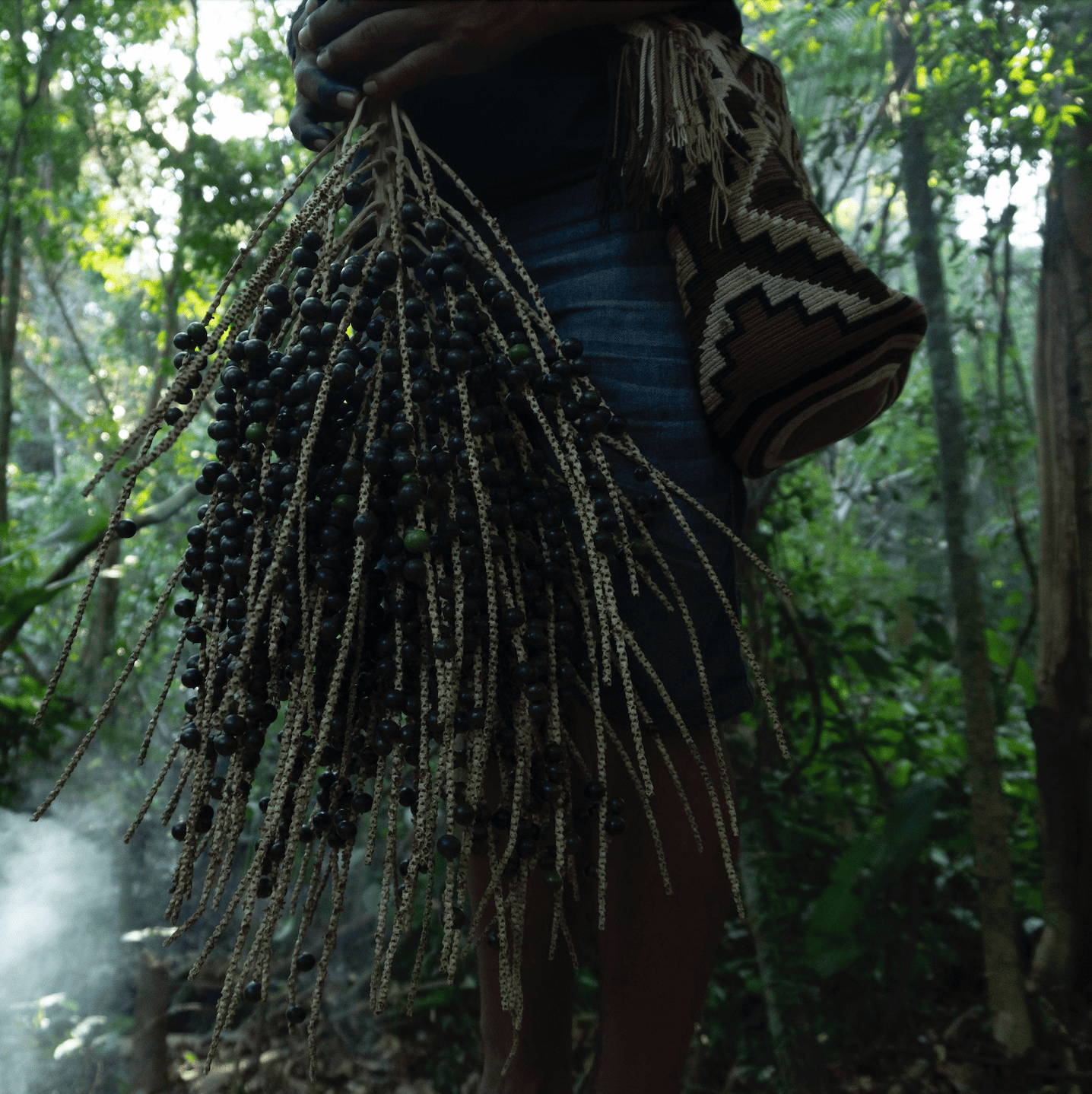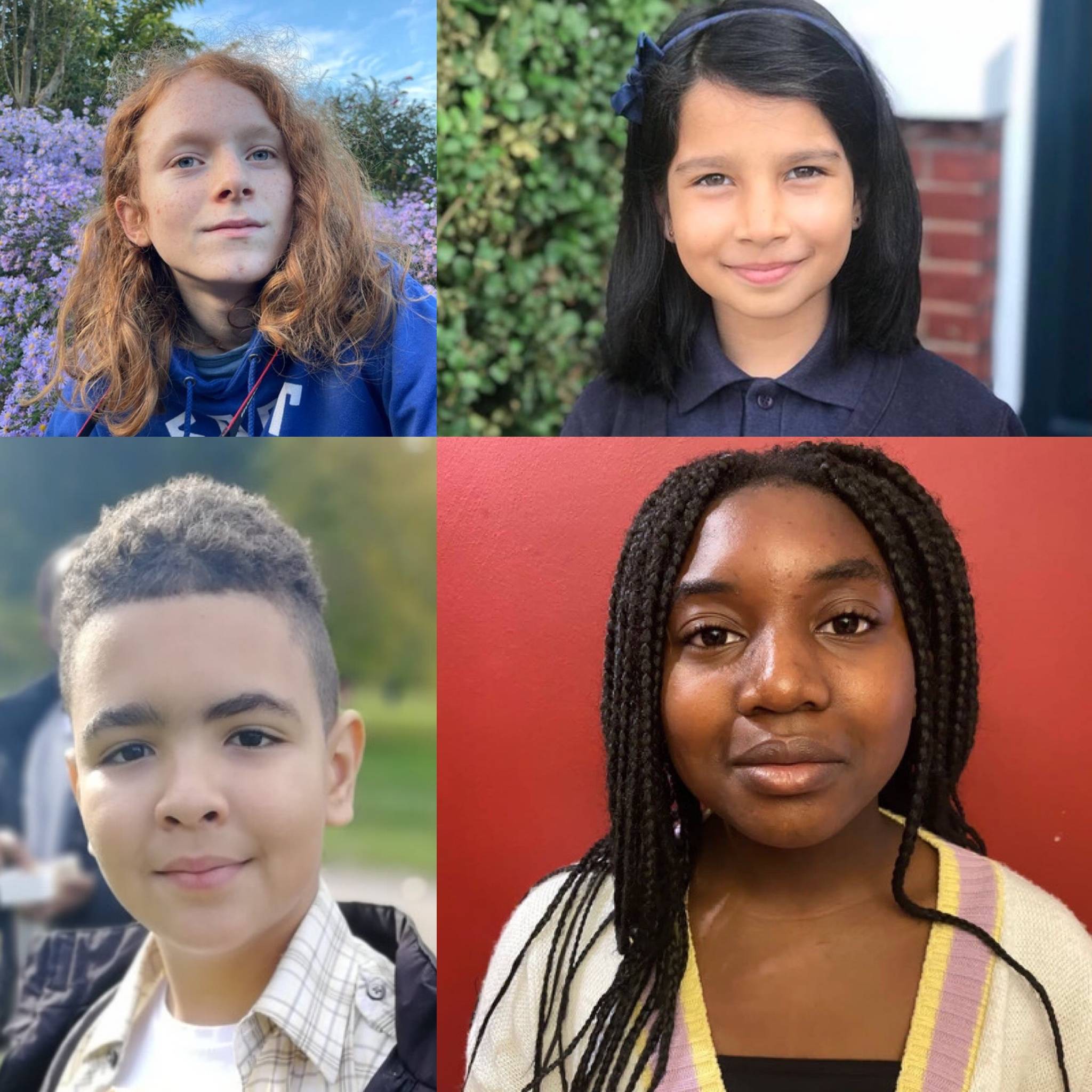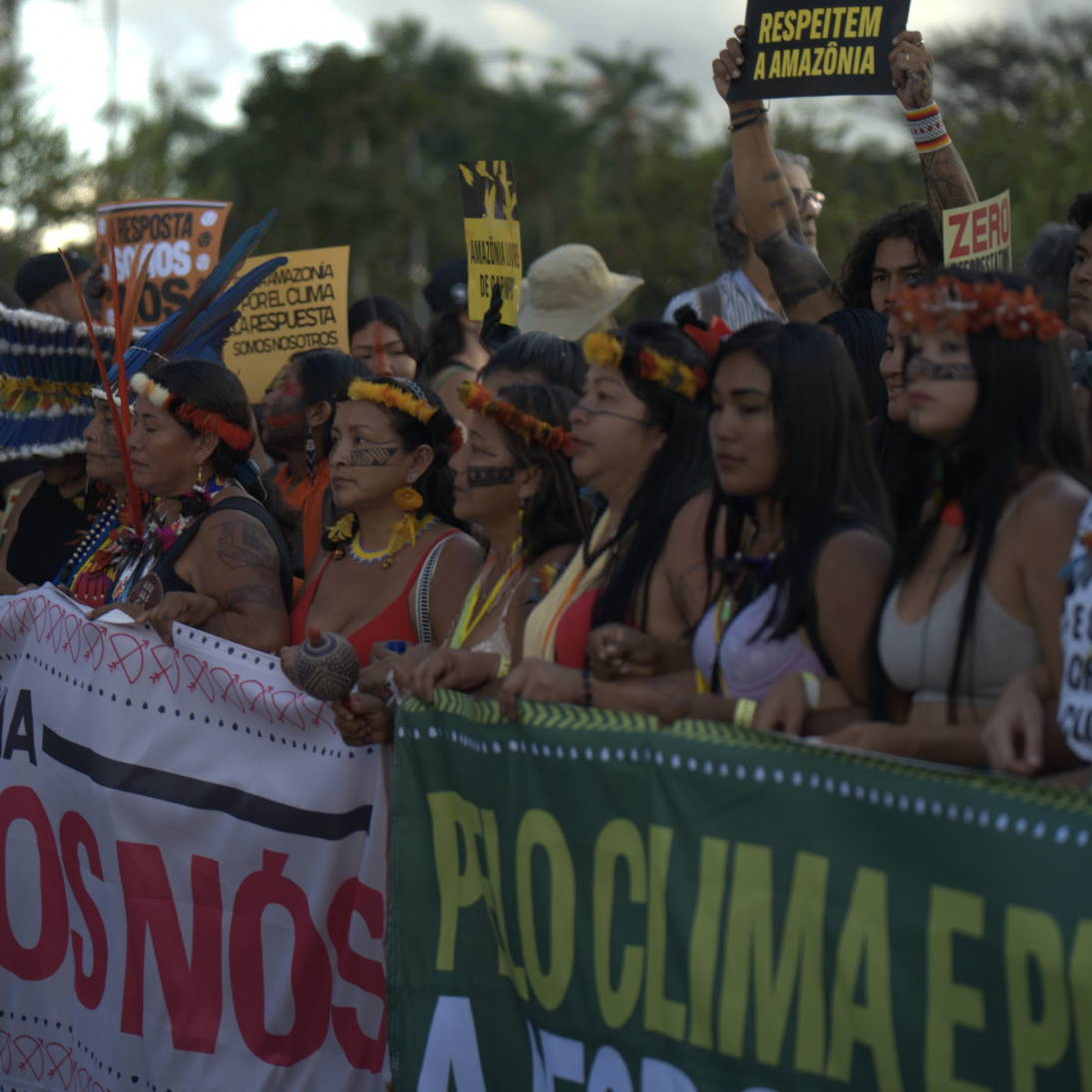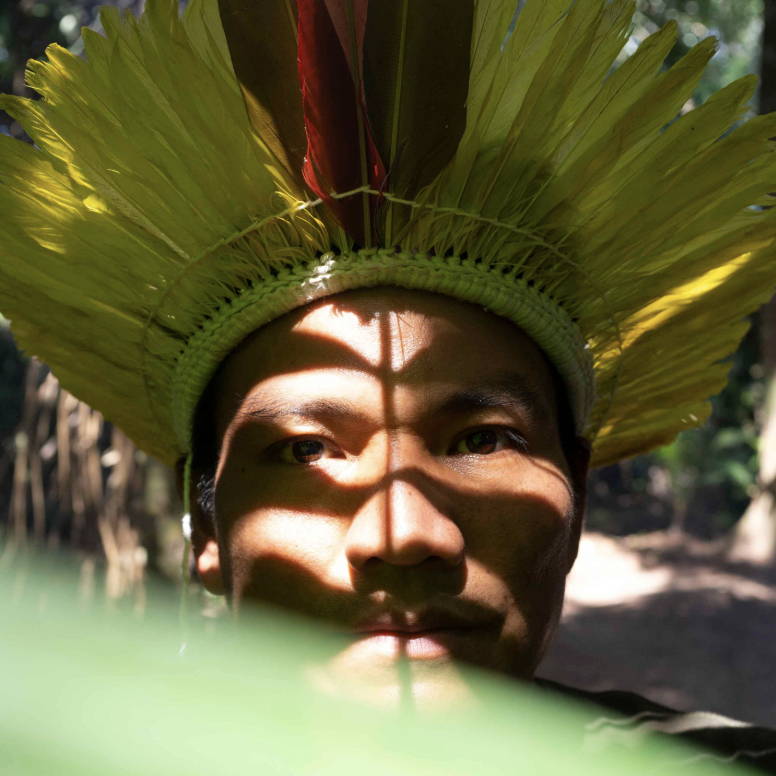
Goal 13: Climate Action
COP30 Through the Eyes of Indigenous Peoples
COP30, scheduled to take place in the heart of the Amazon, shines a special spotlight on the participation and demands of Indigenous peoples.
By Daniele Guajajara
28 September 2025
The 30th United Nations Conference on Climate Change (COP30), scheduled to take place in Belém, at the heart of the Amazon, in 2025, shines a special spotlight on the participation and demands of Indigenous peoples. This event, hosted in a biome of crucial importance for the global climate balance and home to countless native communities, has the potential to be a milestone in the history of environmental negotiations. Indigenous peoples, who represent about 5% of the world’s population, are the true guardians of 80% of the planet’s biodiversity. Their lands, often located in forests, savannas, and other ecologically sensitive areas, are essential for carbon absorption and climate regulation. Therefore, COP30 is seen by them not merely as a conference but as an opportunity to be recognised as central actors in the fight against the climate crisis.
Historically, climate discussions have been dominated by governments and major corporations, often neglecting the ancestral wisdom and traditional knowledge of Indigenous peoples. Their sustainable land management practices, based on a deep connection with nature, offer effective and time-tested solutions for conservation and climate change mitigation.
Demands and Expectations
The presence of COP30 in the Amazon highlights the main demands of Indigenous peoples. The demarcation and protection of their territories are at the foundation of all other struggles. Demarcated Indigenous lands are proven to be the best-preserved areas, and ensuring their territorial rights is essential for forest protection. Beyond territorial protection, Indigenous peoples call for accessible and direct climate financing that reaches their communities—without bureaucratic intermediaries that often make local projects unfeasible. They also seek formal recognition of their knowledge and inclusion of their representatives at the negotiation tables, not just as guests, but as decision-makers.
COP30 will be a test for the international community. The success of the event will not be measured only by the agreements signed but by the ability to listen to and include the voices of those most affected by the climate crisis—those who also hold the knowledge necessary to protect the planet. It is a chance for Belém to become a symbol of a new era, where science and ancestry walk hand in hand toward a fairer and more sustainable future.
COP30/2025 represents a decisive moment for Indigenous peoples. The choice of city is not only symbolic but strategic, highlighting the communities that live in the forest and are most affected by climate change. For Indigenous peoples, COP30 is more than a conference; it is an opportunity to change the narrative and demand recognition of their role as protagonists in the global climate agenda.
One of their main perspectives is that demarcation and protection of Indigenous territories are the most effective solutions to fight deforestation and the climate crisis. Scientific studies confirm that Indigenous lands with guaranteed rights have the lowest deforestation rates, functioning as natural barriers against illegal exploitation. For them, ensuring territorial rights is not only a matter of social justice but also a key conservation strategy.
Indigenous peoples bring to COP30 a perspective that goes beyond conventional science: that of ancestral knowledge. Their interdependent relationship with nature—based on centuries of sustainable management practices—offers models of living in harmony with the environment. They seek for COP30 to recognise and incorporate this knowledge into climate policies, not as an add-on but as an integral part of the solutions. The idea is for Indigenous wisdom to unite with modern science to create more holistic and effective approaches.
Direct Funding and Effective Participation
Another crucial perspective is the need for accessible and direct climate funding for Indigenous communities. Currently, most international funds for the Amazon and other forests pass through large organisations and governments, rarely reaching the communities on the front lines of protection. They advocate for mechanisms that allow direct access to resources, empowering communities to develop and implement their own conservation and sustainable development projects.
COP30 in the Amazon is a golden opportunity for negotiators, scientists, and world leaders to see the forest and its peoples not merely as “resources to be protected” but as essential partners. The Indigenous perspective is clear: the health of the forest and the well-being of its peoples are intrinsically linked—the solution for one is the solution for the other. The success of COP30 will depend on the ability to listen, learn, and act together with those who live the forest’s reality every day.
Indigenous Leaders Expect COP30 to Focus on Five Main Points
1. Recognition and Protection of Territorial Rights
Their primary expectation is for the global community and participating governments to recognise land demarcation and protection as the most effective and immediate solution to fight deforestation and the climate crisis. Demarcated Indigenous lands are the best-preserved areas in the Amazon. Therefore, ensuring these rights is not just social justice—it’s essential climate policy.
2. Inclusion and Effective Participation
Historically, Indigenous peoples have been marginalised in climate negotiations. COP30 must change this dynamic. They expect to participate effectively, sitting at the negotiation tables not as guests but as decision-makers, ensuring their proposals and knowledge shape the agreements and policies.
3. Direct and Less Bureaucratic Funding
Indigenous peoples expect COP30 to create mechanisms so that climate financing reaches their communities directly. Currently, most resources go to large-scale projects or intermediaries that do not meet their urgent local needs. They seek funding that strengthens their own sustainable management and territorial monitoring initiatives.
4. Valuing Traditional Knowledge
Modern science and Western conservation models are not always sufficient. Indigenous peoples expect COP30 to recognise and value their ancestral knowledge—the foundation of their interdependence with nature. Their wisdom about forest management, medicinal plants, and sustainable agriculture must be seen as essential to solving the climate crisis.
5. Commitment to Climate Justice
Finally, they expect COP30 to stand as a symbol of climate justice. Indigenous peoples contribute the least to greenhouse gas emissions but are the most vulnerable to their impacts—changes in rainfall patterns, droughts, and fires. They expect developed countries to take historical responsibility and commit to concrete actions to protect the most threatened communities and ecosystems.
In summary, COP30 in the Amazon is a unique chance for the world to look at the forest and its peoples in a new way – recognising that protecting Indigenous rights and cultures is the same as protecting the planet’s future.
